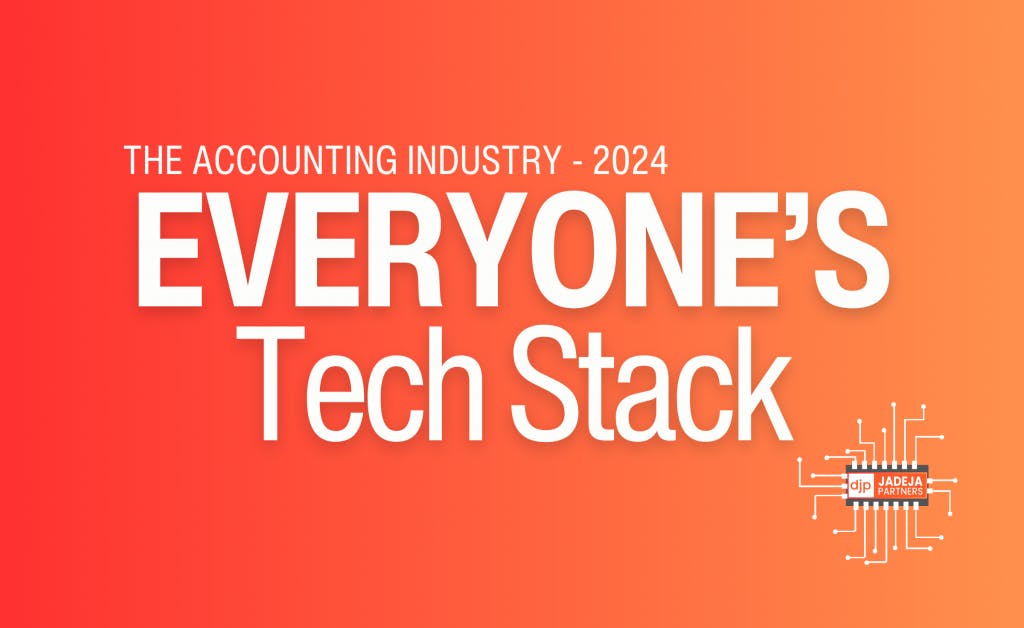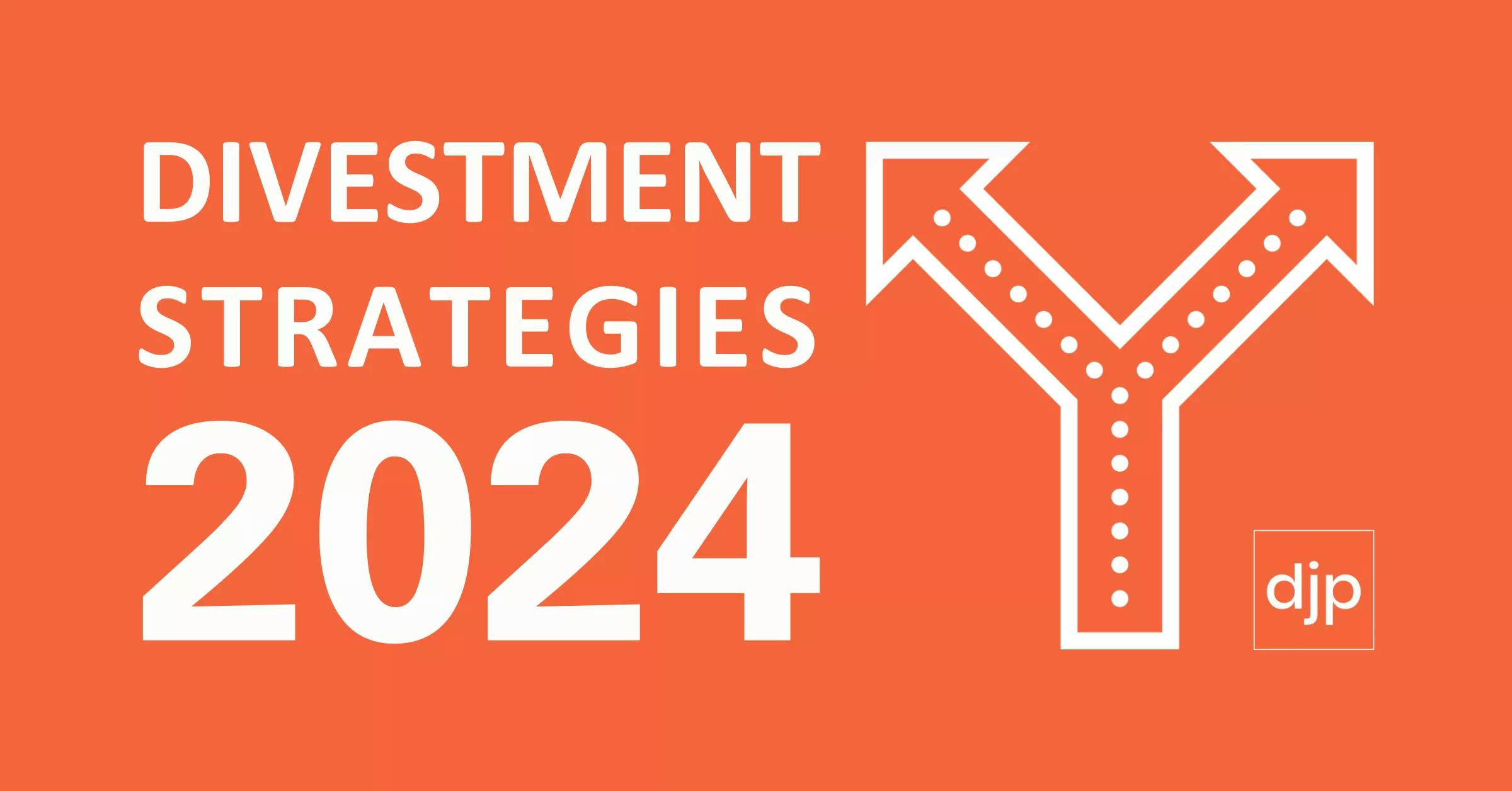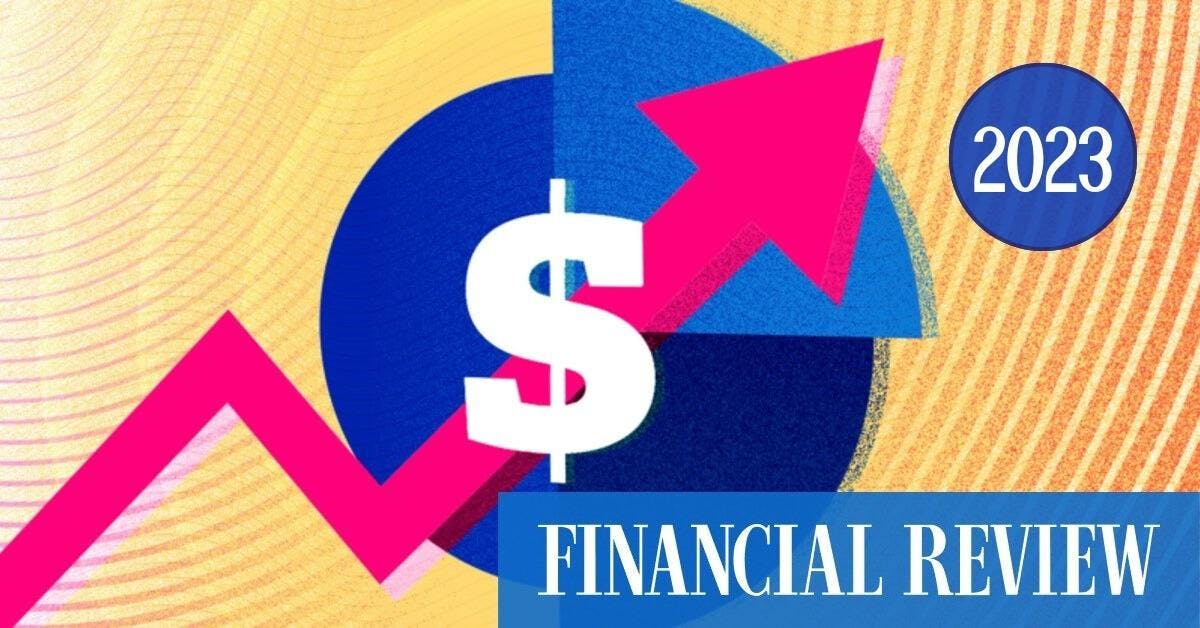Catching the Wave … or Not #3
Getting There
In our third interview with Craig Henshaw, Principal of Merger Transition Management, we pose a different (more difficult?) question to him: “How do we get there? How do we change our skill mix, our offering set, our whole business model – without wrecking the existing business on the way through?”
Jadeja Partners (JP): This is the last discussion in this series, Craig, so I want to thank you again for sharing your perspectives in these three discussions.
In some ways it seems to me that this discussion is the most important and most difficult topic we’ve covered: How do Accounting Practice Principals fundamentally change their business model as you’ve suggested – without terminally damaging their existing businesses?
Merger Transition Management (MTM): Thanks Magnus, and yes I agree, this is a very important topic primarily because its ‘where the rubber hits the road’.
Fortunately, this is very well travelled (and researched!) ground – in many different industries and situations – so we have a lot of experience and wisdom to draw on in addressing it. I would summarise it into 4 key areas:
- What Do You Want? – For You, Your Family, and Your Employees
- Remember Einstein’s Definition of Insanity
- Start from Fundamental Customer Needs
- ‘Hasten Slowly’
JP: That seems a very strange way to describe a change process. What do you mean?
MTM: Yes, it does seem a bit strange, but there is method in the madness. Let’s look at them in turn, starting where we should always start these things with privately owned businesses:
What Do You Want?
As consultants, we often have to enjoy (endure!) the classic consulting jokes: “give me your watch and I’ll tell you the time”; “that was a startling statement of the obvious!” and of course we accept them in good spirit. But often our job can be just that: to prompt our clients to take a step back from asking: “what should I do?” to asking: “ultimately, what am I trying to achieve in the medium to long term for me, my family, and my employees?”
Some people call it Strategy, others call it ‘life planning’. Whatever you call it, it is the fundamental first step to making substantive and successful change that will deliver both the business and the life outcomes that we’re seeking.
So the first step is to pause, take a breath, and succinctly write down your aspirations and objectives.
And, no, I’m not a Tony Robbins acolyte, just a great believer in the old chestnut that “if you don’t know where you’re going any road will get you there.”
JP: It does sound a bit like Tony Robbins. Why do you think it’s so important?
MTM: At times of fundamental change, such as now, answering this question is even more important than at more stable times when the answers at least appear to be a lot more obvious.
JP: OK, so on to the next key area you nominated. What do you mean by Einstein’s definition of insanity?
MTM: Everybody knows what a genius Einstein was in Physics and Mathematics, what some haven’t been exposed to is his genius in more general areas of life and learning.
Remember Einstein’s Definition of Insanity
Einstein is reputed to have once said (interalia): “The definition of insanity is doing the same things over and over again and expecting a different result.”
Whether or not he did say it, it is a very important observation – and when you combine it with another one (and I don’t know the source of this one): “the only constant in the universe is change” – you end up in a place where change is both inevitable and unavoidable. The really important aspect of this is to accept that we must embrace change, at least to the extent that the inevitable doesn’t also become urgent and destructive!
Embracing change is typically not a long suit of many of we humans (which is ironic given the breadth and depth of change we all experience during our lives), but it is a necessity.
And there are tricks you can use to start ‘acclimatising’ to change. I once went to a seminar where the speaker was discussing this issue and exhorted the males in the room to start at a different part of the face when they shave in the morning (a bit difficult if you’re a hipster, of course). Another similar technique is to drive to work by a different route at least once a week – you end up in the same place, but your thoughts and experiences along the way are often very different. There are a number of variations on this theme – experiment – have a bottle of Merlot instead of the Cab Sav.
MTM: Every time we do something different or do a usual thing in a different way, we change or add to our neural pathways – our thinking machinery – at least to some extent.
This means that we have the possibility of seeing things in slightly different ways – the ability and willingness to change starts from this possibility. This is not ‘positive thinking’, it is neurological science.
JP: Change ‘IS’ good then.
Moving on to the next area, you use the word fundamental when you talk about customer needs. What’s the difference between fundamental needs and other needs?
MTM: The difference is really important – fundamental needs are really the only ones that actually exist. Perhaps the best reference in this area is Ted Levitt’s 1960 Harvard Business Review article: “Marketing Myopia”. He posed the question: what business are you really in? and through the essay created one of the key foundations of modern Business Strategy.
As an example, he asserted that there is no such thing as the ‘railway industry’ – there is the ‘transport industry’ of which railways are only one ‘perfect substitute’ (as the economists would describe it). In other words, the fundamental need addressed by railways (and other competitive options) is the safe, reliable and efficient movement of people and goods – the transport industry. So what does this have to do with Accounting?
Start from Fundamental Customer Needs
Is there such a thing as the Accounting industry? Do people and companies buy ‘Accounting’? And which groups (or segments) of people and companies? (Remember – different people buy the same and different things for the same and different reasons.)
If there is such a thing as an ‘Accounting’ purchase, it can be a ‘grudge purchase’. My take on it, however, is that what people actually buy from Accountants is ‘taxation peace of mind (as opposed to what Accountants sell)’. Obviously the needs addressed expand if they also buy ‘retirement and legacy peace of mind’ (SMSF or other superannuation and life insurance services) or ‘wealth generation’ (financial planning) from you.
What companies actually buy from Accountants is an example of ‘regulatory risk management’ (taxation) and ‘profit maximisation’ (legal tax minimisation). Depending on their relationship with their external Accountant, they may also buy other forms of ‘risk management’, ‘business growth facilitation’, and ‘opportunity expansion’ (introductions/networking). Interestingly, Business Banking people also sell ‘business growth facilitation’ and ‘opportunity expansion’; the smart ones understand this.
“Bloody consultants” you say, “it’s all semantics! – and anyway, why does it matter?”. It matters for at least a couple of very important reasons:
It helps us sell more at better margins
We all respond more readily and more willingly to messages that resonate with our core needs and wants. One of the great Australian examples of this is Meadow Lea margarine. What’s their slogan: “you oughta be congratulated”. What are their customers actually buying: ‘mother as hero’. But I thought they were selling margarine …
It helps us understand who are competitors really are
Most industries these days need to be very sensitive to ‘the new competition’. For example, 9 years ago Xero was really just the sparkle in someone’s eye; today it’s eating at least some of the lunch of many Accounting practices (as well as being a partner). Why? Because Xero delivers an increasing proportion of ‘regulatory risk management’ (taxation) at a lower cost and with less effort.
If you directly and clearly address the fundamental needs of your various client groups (segments), you are more likely to have more of the kinds of clients you want (never underestimate the power of word-of-mouth!) and you’re more likely to sell more services to each client.
Importantly, you’ll also understand who you’re competing with (and not just for sales – but for attention also) and who and how you should partner with to grow your business by better servicing your clients.
The conclusion to Levitt’s story about the railways? All the original US railway companies (except Amtrak, which is government owned) went broke: when the car and truck arrived they didn’t recognise the fundamental competitive threat these represented and their original business model ran off the rails (please excuse the pun!) – they genuinely thought there was such a thing as the railway business.
JP: That’s an awful lot to take in and, with all the change that’s happening around us, it seems as though your saying that Practices need to continue to change, quickly and constantly…
MTM: There is a lot happening around us, and the changes are in many cases fundamental, but I don’t think it needs to be finished quickly (if indeed it is ever finished) – I do think Practices need to start quickly, but I think they need to hasten slowly.
Hasten Slowly
Because we’re still in the early stages of fully understanding the impacts that the Internet will have on the world and business, and because much of the tsunami of regulatory change is very recent, I don’t think any of us really knows exactly what the shape of our business environment is going to be in the next 5-10 years.
Consequently, we need to be both bold and cautious: we need to be unafraid to make change that we’re confident about and we need to keep a weather eye on protecting the core revenue sources of our businesses. It is a dangerously paradoxical situation, but history teaches us (mostly) that evolution is more sustainable than revolution: Wilberforce didn’t achieve the abolition of slavery overnight (it took more than 20 years), but he was successful in eliminating it from the British Empire and to some extent beyond.
At a practical level in Accounting Practices, if the decision is made to shift the business model decisively to addressing the fundamental needs underlying ‘business advisory’ and ‘financial planning’, the pathway from here to there needs to be carefully mapped and executed.
The skills, processes and infrastructure required to successfully and profitably deliver those services are not created overnight. And you definitely don’t want to ‘scare the horses’ (clients) by being seen to be radically changing business models, language and engagement modes all at once.
Ultimately all of us in business need to be informed, curious and highly adaptive.
JP: Craig, thanks again for your time and for sharing your insights with us over these 3 discussions – as always, thought-provoking and challenging. I’m sure the Jadeja community doesn’t necessarily agree with all your speculations and assertions, but it’s been great to get such a different perspective on our industry. With out a doubt we are in an industrial metamorphosis but maybe we always have. One thing is for sure; everyone in is interested in the wave – surf’s up!
MTM: Thank you, Magnus, for the opportunity to get on my soapbox and share some thoughts and observations. I hope that some of the people in your community can use these discussions as a provocation – a thought-starter if you will – to adapt to and prosper in the very big changes in their industry. Cheers.



